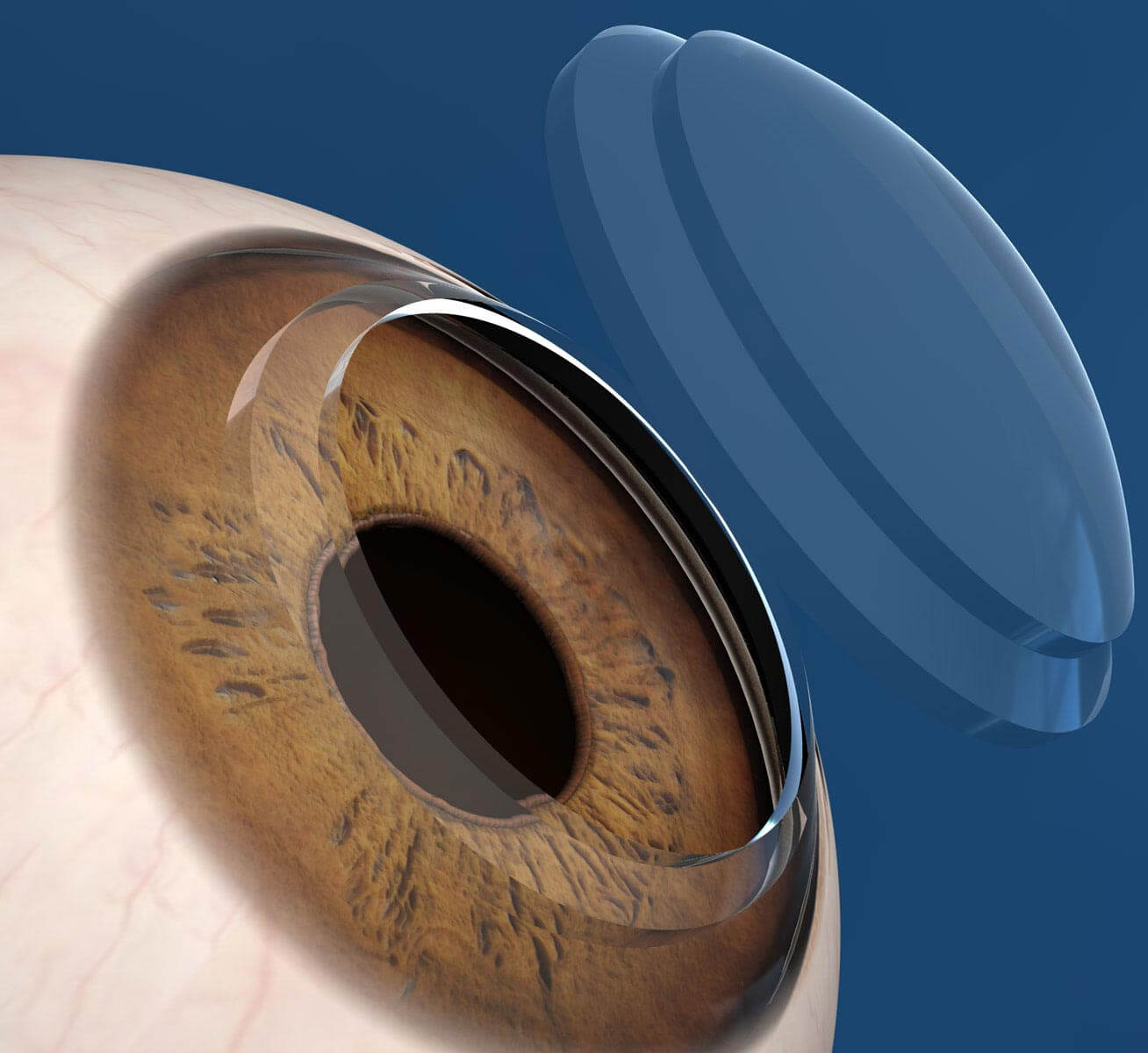Corneal transplants can be full thickness cornea transplant or penetrating keratoplasty (PK) and
Back layer cornea transplant OR endothelial keratoplasty (EK).
In cases where the cornea has become diseased or damaged and affects your vision, such a transplant may become necessary to restore functional vision. Such a transplant can also be helpful in trichiasis, a medical condition where eyelashes turn inward and irritate the eye surface and when the use of eyeglasses or contact lenses are unable to restore functional vision. Some other high-risk conditions are Fuch’s dystrophy, cloudy or swollen cornea advanced Keratoconus, complications from earlier surgery, eye injuries, corneal failure and more.
The skilled procedure is performed by ophthalmologists who specialize in this area, using conservative surgery. A cornea transplant is quite common for restoring vision, pain reduction and for giving damaged or diseased cornea a normal appearance. But sometimes the body may reject the donor cornea, requiring further surgical procedures.



